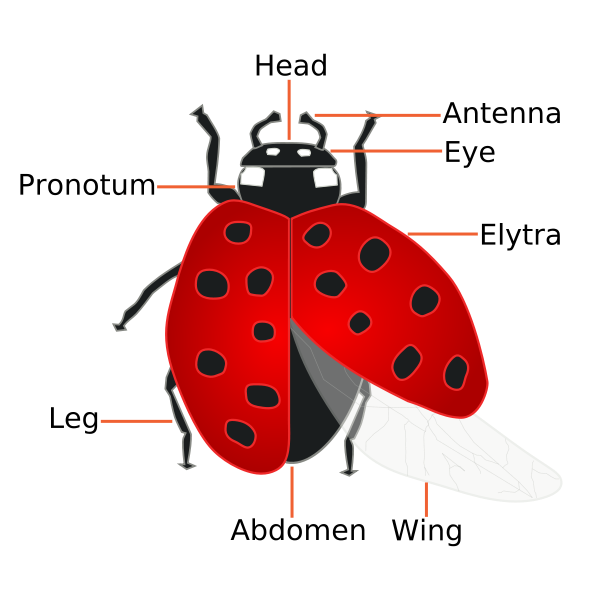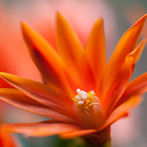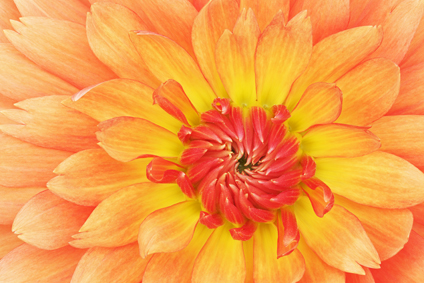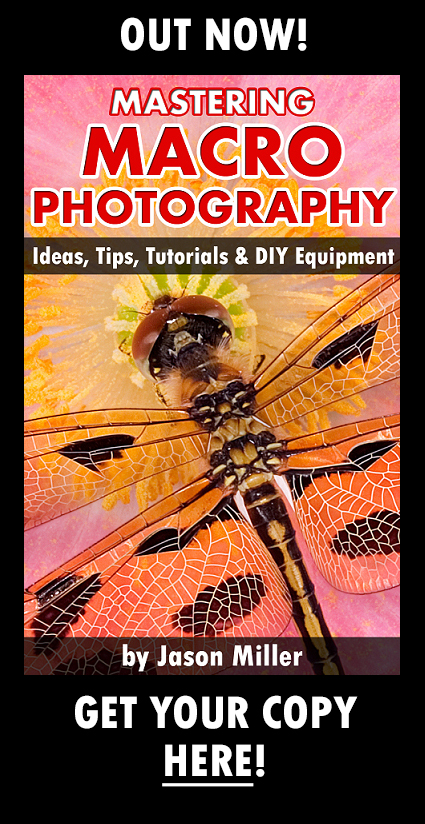About Macro Photography Subjects – Lady beetle
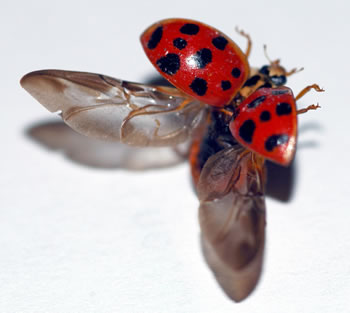
Credit: http://www.ladybug-life-cycle.com
Today, we put the spotlight on a very common macro photography subject – the ladybird. They are often called lady bugs or ladybirds, but many biologist prefer to call them lady beetles. Here are some little known facts about the ladybirds (Source: Wikipedia) –
- All species are protected by noxious fluids based on cyanide
- There are over 5,000 species in the world
- Most species are carnivorous
- Their favorite food is pests such as aphids
- Introduced into North America from Asia in 1988 to control aphids
Macro Photography Subjects – Anatomy of a Lady beetle
Source: Persian Poet Gal
Antenna
The antenna is what helps a ladybug smell, taste, and feel its way around. Ladybugs don’t see as well as they can smell and this is how they find the tiny bugs that they eat.
Eyes
A ladybug has two eyes but it doesn’t see very well. Ladybugs can only see the difference between dark and light, as if everything was a black and white photo, but they cannot see colors at all.
Pronotum
The pronotum is the part right behind the ladybug’s flat head that sort of makes the head look round. The pronotum actually protects the ladybug’s head and helps to hide it. Sometimes the pronotum will have spots on it, too.
Thorax and Abdomen
The thorax and the abdomen, is the body section that the legs and wings are attached to, and the part that holds the ladybugs digestive system, the reproductive organs, and the stinky, poisonous gel.
Elytra
Ladybugs have a shell, or hard case, that protects their wings and also protects them from predators. The Elytra is also the part that shows the ladybug’s colors and patterns to predators to warn them off. The Elytra is exactly the same on the right side as it is on the left, they are a mirror image, or symmetrical, to one another.
Wings
The wings are what helps the ladybug fly. Ladybugs don’t seem to have a very good sense of direction when they fly around, though. They seem almost clumsy. Perhaps this is because of the wings being stuck underneath the Elytra all the time. Every time the wings are used, they have to carefully fold them back up to hide underneath the Elytra.
Legs
The six short little legs of a ladybug help it to walk, but they do more than that. The feet of a ladybug helps it smell, and when a predator captures a ladybug, the bad tasting and poisonous gel will ooze out of the legs, sometimes saving the ladybug’s life. Wouldn’t you spit that out?
Did you know that ladybirds go through a number of different stages before they become the cute red little beetle that we know them to be? To find out more about the life cycle of the ladybird, watch the time lapsed video by Timvid below to give you glimpse into the life of a ladybird!

